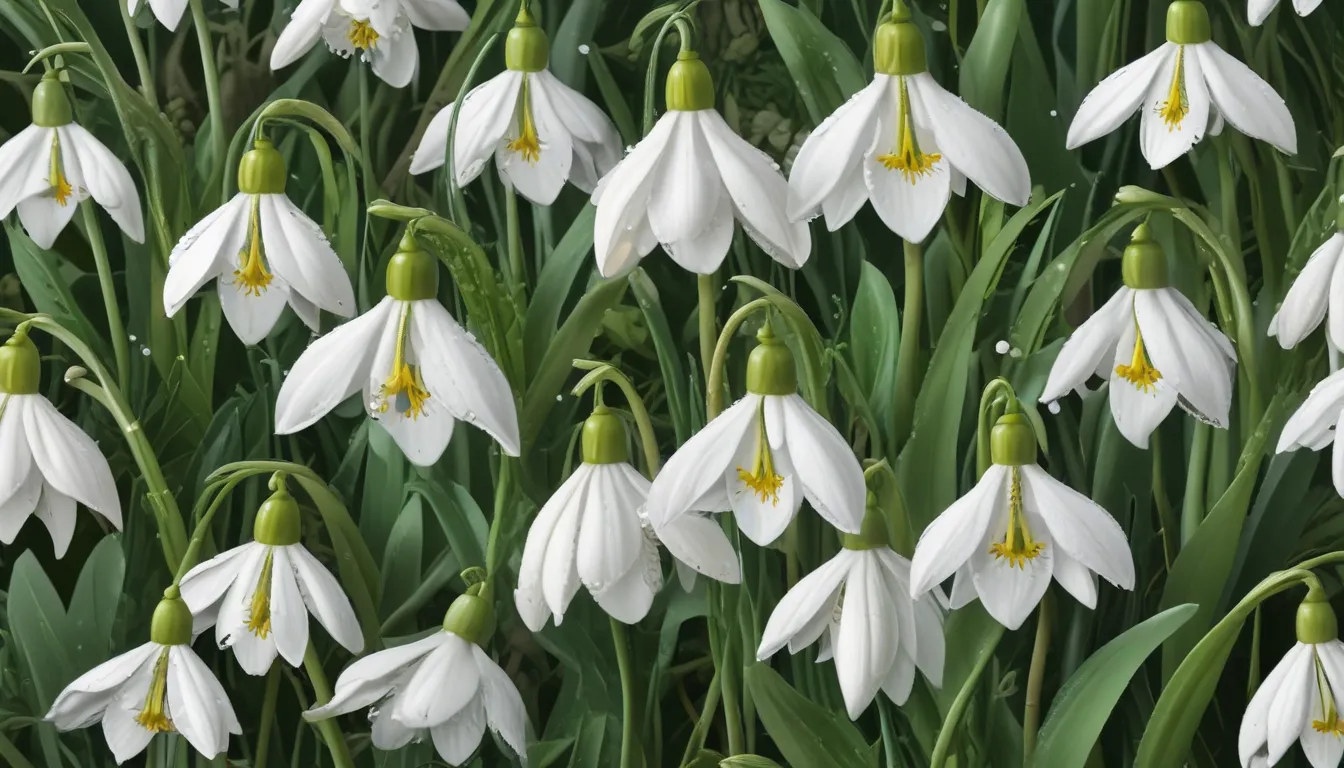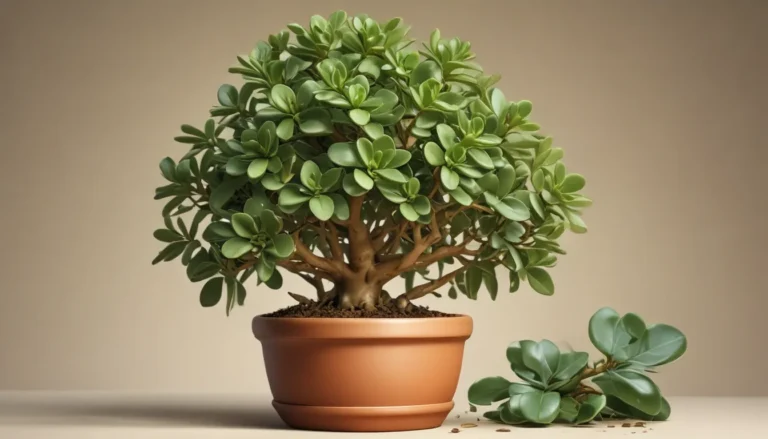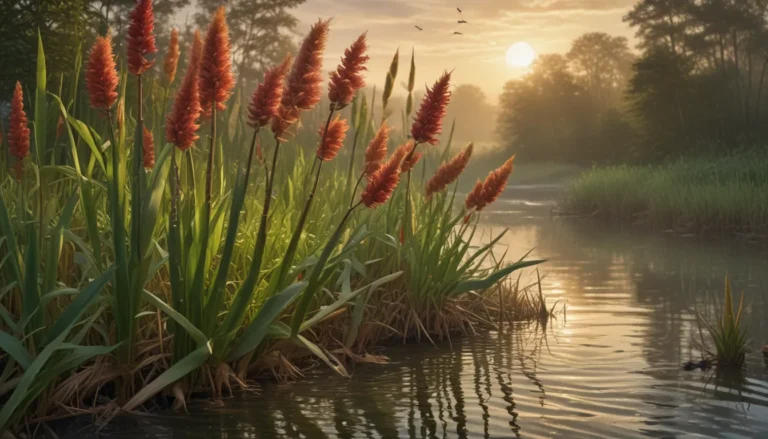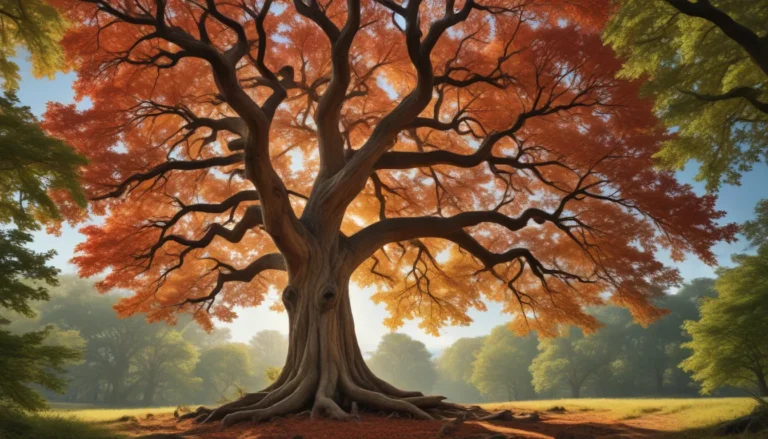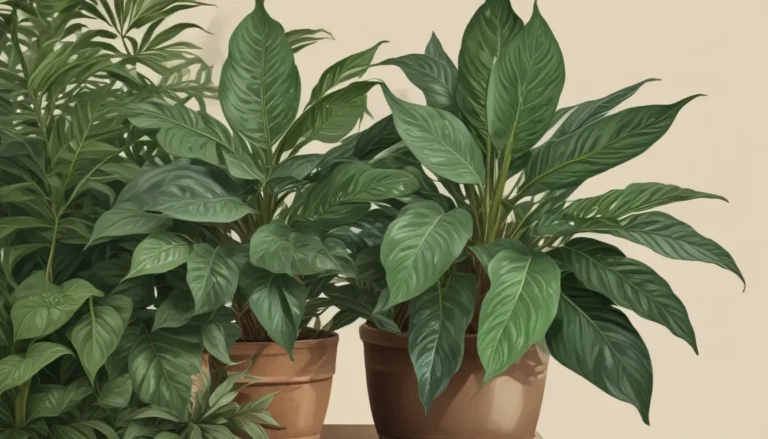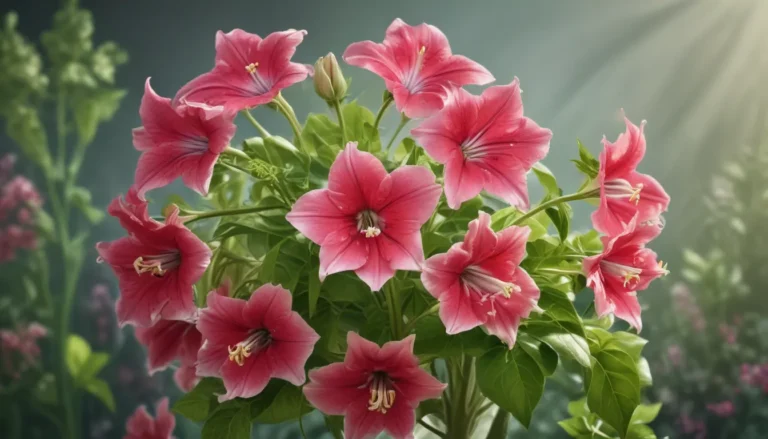The pictures we use in our articles might not show exactly what the words say. We choose these pictures to make you interested in reading more. The pictures work together with the words but don’t take their place. The words still tell you the important facts.
Springtime brings with it the delicate and enchanting snowdrop flowers, also known as Galanthus. These blooms, with their pristine white petals and drooping, bell-shaped heads, symbolize hope and renewal after the long winter months. Snowdrops may seem unassuming at first glance, but they hold a special place in the hearts of gardeners and nature enthusiasts alike. Join us as we uncover 15 fascinating facts about these petite blossoms that shed light on their symbolism, history, and unique characteristics.
Delving into the World of Snowdrop Flowers
Snowdrop flowers, small bulbous perennials belonging to the Amaryllidaceae family, are native to Europe and the Middle East. Celebrated for their delicate, drooping white blooms, snowdrops typically bloom in late winter or early spring, often pushing through the snow to signal the arrival of warmer days ahead.
The Symbolism of Snowdrop Flowers
Snowdrops are often heralded as the first sign of spring, bravely pushing through the frosty ground to herald the arrival of the new season. Their resilience and ability to thrive in harsh conditions make them a cherished emblem of renewal and optimism.
A Source of Hope and Rebirth
Long associated with hope, rebirth, and purity, snowdrop flowers signify the triumph of life over adversity. Their appearance after the cold winter months makes them a cherished symbol in various cultures and traditions, conveying the idea that brighter days will follow even in the darkest times.
Gardener’s Delight
Gardeners and horticulturists adore snowdrop flowers for their elegant beauty and hardiness. These dainty blooms are a welcome sight in gardens, parks, and woodland areas, adding a touch of ethereal charm to the landscape.
The Victorian Language of Flowers
In the Victorian era, flowers were often used to convey messages and sentiments. Snowdrop flowers, symbolizing hope and consolation, expressed the idea that brighter days would follow even in the darkest times.
Supporting Early Pollinators
Snowdrop flowers play a vital role in supporting early pollinators such as bees and other insects. These creatures eagerly seek out the nectar of these blossoms, providing them with a crucial food source as they emerge from hibernation.
Medicinal Folklore
While snowdrop flowers contain toxic compounds, they have been used in minute quantities in traditional medicine and folklore for various ailments, under the guidance of experienced practitioners.
Cultivation History and Enthusiasts
Snowdrop enthusiasts, known as "galanthophiles," have fostered a captivating culture around these beloved blooms. The cultivation and collection of rare snowdrop varieties have become a passionate pursuit for many avid gardeners.
Varietal Diversity
Snowdrop flowers boast a remarkable diversity of species and cultivars, each with its own unique characteristics and charm. Enthusiasts can find satisfaction in discovering and nurturing these exceptional specimens, from classic varieties to rare finds.
Naturalizing Wonder
Snowdrop flowers have a naturalizing habit, readily spreading and multiplying in favorable conditions. This trait allows them to form breathtaking carpets of delicate blossoms, transforming landscapes into enchanting wonderlands.
Early Bloomers
Among the earliest bloomers in the garden, snowdrop flowers bring a sense of anticipation and joy as they emerge from the wintry earth. Their arrival marks the beginning of the floral spectacle that unfolds throughout the spring season.
The Challenging Cultivation of Snowdrops
While snowdrop flowers are resilient in the wild, they can be challenging to cultivate and propagate in home gardens. Their preference for specific soil conditions and dormancy requirements make them a delightful yet demanding addition to any gardening endeavor.
Inspirational Art and Literature
Snowdrop flowers have inspired artists, poets, and writers for centuries, serving as a muse for creative expressions of beauty, fragility, and the ephemeral nature of life.
Enchanting Snowdrop Festivals
Snowdrop festivals held in various regions celebrate the arrival of these enchanting blooms. These events bring communities together to admire and revel in the delicate beauty of snowdrop flowers, fostering a sense of shared appreciation for nature's wonders.
Treasured Collector’s Items
For avid plant collectors and enthusiasts, rare and unique snowdrop varieties are highly prized and sought after. The allure of discovering and nurturing these exceptional specimens adds an element of excitement to the world of gardening and horticulture.
Snowdrop flowers, with their timeless allure and symbolic significance, continue to captivate hearts and inspire a sense of wonder. Their delicate blossoms remind us of the resilience and beauty that grace the natural world, inviting us to embrace the fleeting moments of grace and renewal that each new season brings.
Conclusion
In conclusion, snowdrop flowers are enchanting and resilient plants that symbolize hope, purity, and the arrival of spring. Their delicate, bell-shaped blooms and early emergence make them a cherished sight for nature enthusiasts. Understanding their fascinating characteristics and cultural significance adds depth to the appreciation of these lovely flowers. Whether adorning gardens, woodlands, or landscapes, snowdrops bring a touch of elegance and optimism to their surroundings. Embracing their beauty and understanding their resilience can inspire a deeper connection to nature and the changing seasons.
FAQs
What is the significance of snowdrop flowers?
Snowdrop flowers symbolize hope, purity, and the promise of renewal. Their early bloom also signifies the arrival of spring, bringing joy and optimism after the winter months.
How do I care for snowdrop flowers?
Snowdrops thrive in well-drained soil and partial shade. Plant them in the fall, and ensure they receive adequate moisture during their growing season. Once established, they require minimal maintenance and can naturalize in suitable conditions.
Was this page helpful?
Our dedication to providing trustworthy and engaging content is reflected in every fact we share. Real users like you contribute to the wealth of diverse insights and information on our site. Each submission is meticulously reviewed by our dedicated editors to ensure accuracy and reliability. Trust in our commitment to quality and authenticity as you explore and learn with us.
